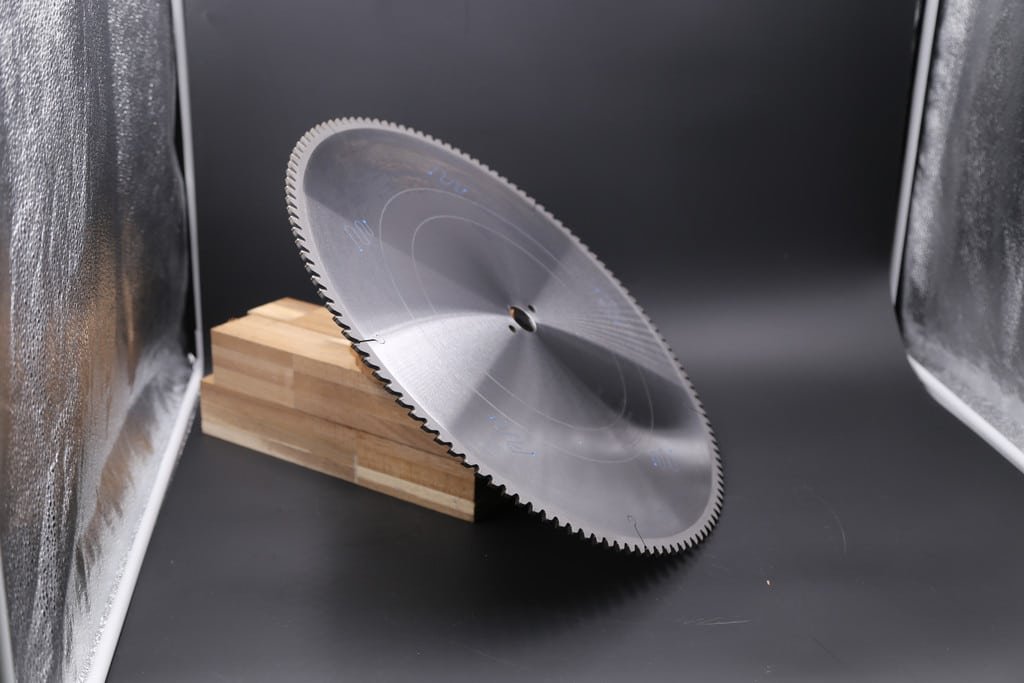Working Tools
Tungsten Carbide and Diamond Saw Blade – Which is harder than the other?
Diamonds are what we usually call the original body of diamonds. It is a mineral composed of carbon, which is an allotrope of carbon. Diamond is the hardest substance naturally occurring in nature. Compared with carbide, which hardness is better? As an experienced PCD circular saw blade distributor, Chengdu Pudding Mechatronic Co.CPMC team have a relatively reliable grasp of the knowledge of tungsten carbide and PCD diamond saw blade. Today, Chengdu Pudding Mechatronic Co.CPMC network editor would love to talk about “Tungsten Carbide and Diamond – which is harder than the other”.
Many people know that tungsten carbide is relatively hard, and products processed with tungsten carbide greatly improve its hardness, durability and wear resistance. Many people don’t have much idea about the hardness of different objects. They only know that diamond is the hardest substance. In fact, tungsten carbide is definitely not as hard as diamond.
Although tungsten carbide is not as hard as diamond, its hardness is also very hard. Tungsten steel (hard alloy) has a series of excellent properties such as high hardness, wear resistance, strength and toughness, heat resistance and corrosion resistance, especially Its high hardness and wear resistance remain basically unchanged even at a temperature of 500°C, and still have a high hardness at 1000°C. It is a relatively high-ranking substance. Through the inquiry, we know that the Mohs hardness of tungsten carbide is between 9 and 9.5, while the Mohs hardness of diamond is 10. The hardness is based on the hardness of diamond as the highest benchmark.
Even though tungsten carbide is not as hard as diamond, some other physical parameters are much better than diamond. For example, its stiffness can reach twice that of steel, and its Young’s modulus is about 530-700 GPa, which is also twice that of steel.
It is precisely because of its high hardness and excellent other properties that tungsten carbide is widely used in aerospace, petroleum and natural gas, chemical, fluid control, engineering machinery and other fields.
The use of diamond is also very wide, such as handicrafts, cutting tools in industry, etc. Graphite can form synthetic diamonds under high temperature and high pressure. The use in industry is also relatively common, such as geological drills and petroleum drills diamonds, diamonds for wire drawing dies, diamonds for abrasives, diamonds for dressers, diamonds for glass cutters, diamonds for hardness testers, diamonds for handicrafts and so on.

